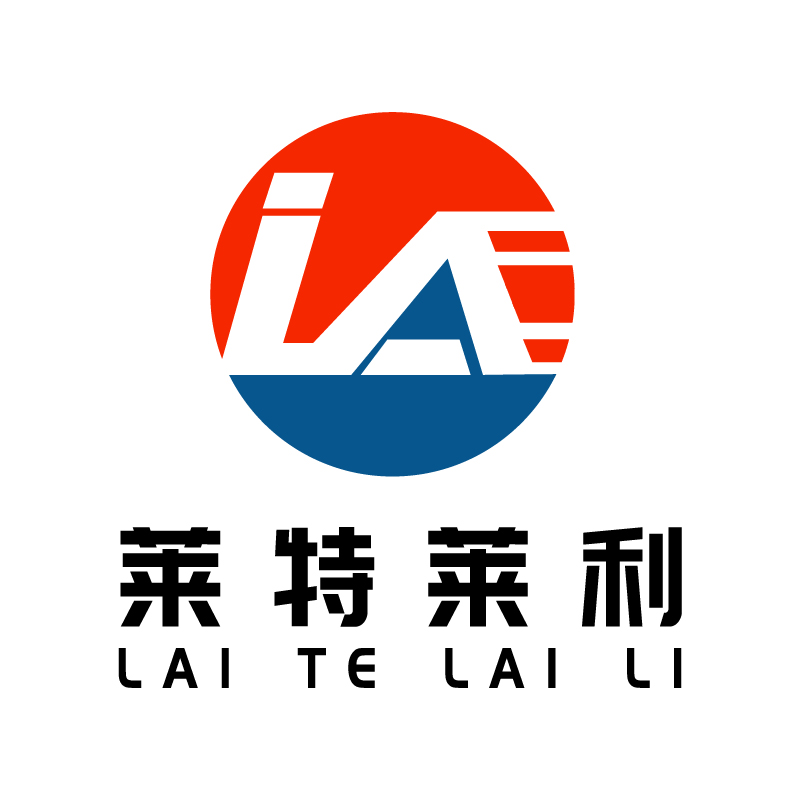BOPP material or PVC material which is more environmentally friendly
When comparing the environmental performance of BOPP (biaxially stretched polypropylene film) materials and PVC (polyvinyl chloride) materials, we can analyze from multiple dimensions:
First, the characteristics of the material itself
1.BOPP material:
Basic properties: BOPP film is an important flexible packaging material, with colorless, odorless, non-toxic, high tensile strength, impact strength, rigidity, toughness and good transparency and other characteristics.
Environmental protection:
Recyclability: The BOPP material itself is recyclable, and the recycled polypropylene can be reprocessed into new products, which contributes to the recycling of resources.
Biodegradability: Although traditional BOPP films are difficult to biodegrade, scientists have developed biodegradable BOPP films that can quickly decompose into harmless substances under the action of microorganisms. However, the market penetration of biodegradable BOPP films may be limited.
2.PVC material:
Basic characteristics: PVC material is made of polyvinyl chloride resin as the main raw material, adding appropriate amount of anti-aging agents, modifiers and other processing, with light weight, heat insulation, heat preservation, moisture-proof, flame retardant and other characteristics.
Environmental protection:
Difficult to degrade: PVC materials are difficult to degrade in the natural environment, and long-term existence may cause pollution to soil and water.
Release of harmful substances: PVC materials may release harmful substances during processing and use, such as chlorine, plasticizers, etc., which pose a potential threat to human health and the environment.
Second,Environmental impact during production and use
1.BOPP material:
Production process: Although the production process of BOPP film may produce certain pollutants such as waste water and waste gas, with the continuous progress of environmental protection technology, many manufacturers have taken a series of measures to reduce environmental pollution in the production process.
Use process: BOPP film does not release harmful substances during normal use, and due to its good physical properties, the amount of packaging materials can be reduced, thereby reducing the burden on the environment.
2.PVC material:
Production process: The production process of PVC materials may use stabilizers containing heavy metals such as lead and cadmium, which may cause environmental pollution.
Use process: PVC materials may release harmful substances when heated or burned, such as chlorine gas, dioxins and other highly toxic substances, causing harm to human health and the environment.
Third,Conclusion
Based on the above analysis, we can draw the following conclusions:
From the point of view of the environmental protection of the material itself, BOPP materials have better environmental performance than PVC materials due to their recyclability and biodegradability (especially the emergence of biodegradable BOPP films). PVC material is difficult to degrade and may release harmful substances, its environmental performance is relatively poor.
From the perspective of environmental impact in the production and use process, although BOPP materials may also produce some pollution in the production process, but through the improvement and application of environmental protection technology, these pollution can be effectively controlled. The PVC material may cause more serious pollution to the environment in the process of production and use.
Therefore, BOPP materials are more environmentally friendly than PVC materials. However, in practical applications, we also need to choose the right packaging materials according to the specific use scenarios and needs, and take corresponding environmental measures to reduce the impact on the environment.


